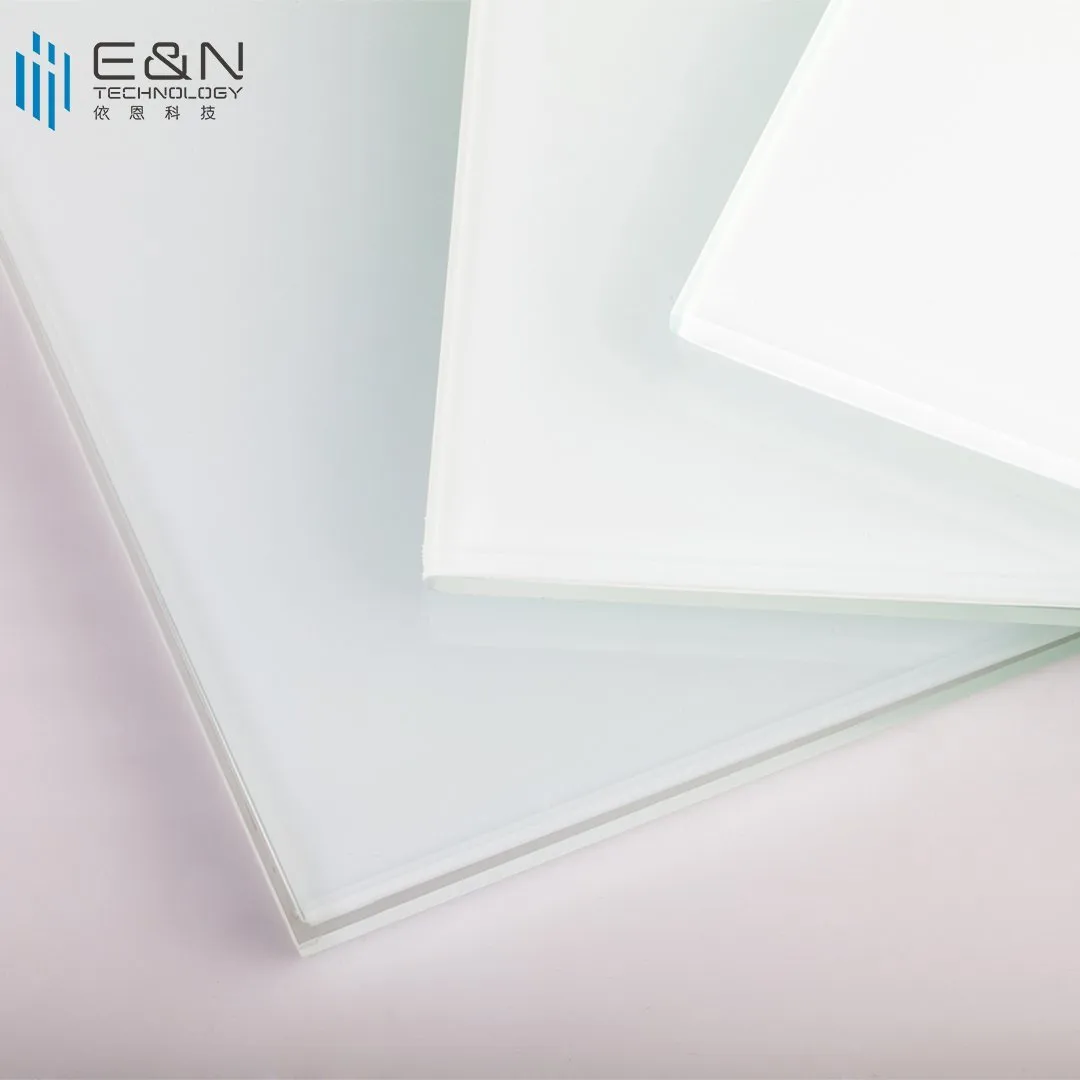Glass lamination is a popular technique used in various applications such as automotive windshields, architectural windows, and safety glass.
It involves sandwiching a layer of interlayer material between two or more glass panels to create a composite glass structure that offers enhanced strength, durability, and safety. One commonly used interlayer material in glass lamination is Ethylene Vinyl Acetate (EVA).
In this article, we will explore everything you need to know about the use of EVA interlayer film in glass lamination.
Ethylene Vinyl Acetate (EVA) is a copolymer of ethylene and vinyl acetate, which is a thermoplastic material with excellent adhesive properties.
EVA is commonly used as an interlayer material in glass lamination due to its ability to bond well with glass under heat and pressure, forming a strong and durable composite structure.

of the key benefits of using EVA is its ability to create laminated glass that is highly resistant to shattering upon impact.
In the event of breakage, the glass fragments adhere to the EVA interlayer, preventing them from scattering and reducing the risk of injury from flying glass shards.
interlayer can block harmful UV rays, protecting the interior of buildings or vehicles from fading, and reducing the risk of skin cancer caused by prolonged exposure to UV radiation.
has excellent sound insulation properties, helping to reduce noise transmission through the laminated glass, making it ideal for applications where noise reduction is required, such as in architectural windows.
EVA is available in various thicknesses, colors, and patterns, allowing for creative design possibilities in glass lamination.
It can also be laminated with other materials like fabric, metal mesh, or decorative films to create customized glass composites with unique aesthetics.
EVA laminated glass is commonly used in automotive windshields, providing enhanced safety by preventing the glass from shattering upon impact, reducing the risk of occupant ejection during a collision.
EVA laminated glass is used in architectural windows, skylights, and facades, providing safety, security, and sound insulation benefits. It is also used in glass balustrades, canopies, and partitions, offering design flexibility and durability.
3. Safety Glass
EVA is used in safety glass applications such as glass doors, shower enclosures, and glass furniture. It offers added safety by preventing glass fragments from scattering upon breakage.
4. Solar Industry
EVA is used in the manufacturing of solar panels, where it acts as an encapsulant to laminate the glass layers, protecting the solar cells from moisture, UV radiation, and mechanical damage.
EVA is a versatile and widely used interlayer material in glass lamination, offering numerous benefits and widespread applications.
With its excellent adhesive properties and ability to create composite glass structures that meet safety and aesthetic requirements, EVA continues to be a popular choice for glass lamination in various applications.
Are you ready to purchase an EVA for your glass lamination process? Contact us today for premium quality EVA interlayer films at very affordable rates.